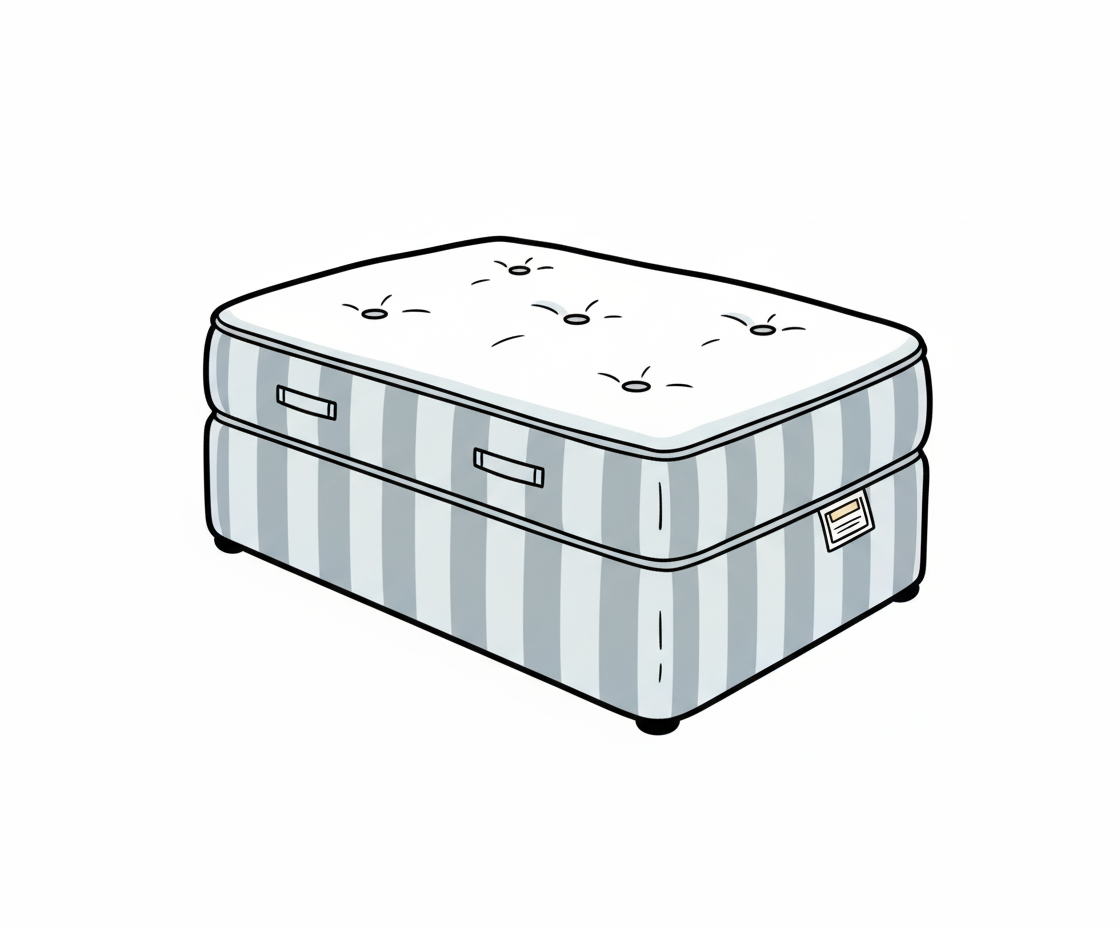Read Our Latest Article
Treatment by Passive Monitor Replacement (TbyPMR) – An Overview

The Treatment by Passive Monitor Replacement (TbyPMR) protocol is a non-chemical method developed specifically to deal with light infestations of bed bugs (Cimex lectularius).
When to Use the TbyPMR Protocol
This method is only designed to work in specific circumstances:
- For light, single-source bed bug infestations where the population is small.
- As an adjunct to supplement professional pest control treatment.
Important Warning: If you have a heavy or widespread infestation, you must consult an experienced pest control professional who specialises in bed bugs for comprehensive assistance.
How the Passive Monitor Replacement Method Works
The TbyPMR method relies on the natural movement and behaviour of bed bugs, using no chemicals:
- Natural Colonisation: This method works best if the passive bed bug monitoring technology is installed in advance of an infestation. Bed bugs will naturally colonise the passive monitor before they “nest” in other, less desirable areas.
- Relocation: Unlike traditional treatment options, TbyPMR relies upon the fact that if bed bugs are allowed to freely travel around an infested room, they will relocate from existing refugia (hiding spots) into the optimally positioned passive monitor.
- Detection: If their movement is unrestricted, bed bugs will typically start to colonise the passive monitor within 12 – 72 hours from installation. This colonisation is evident by the distinctive faecal trace deposits which appear on the detection skirt.
Essential Restrictions: Approaches to Avoid
For the TbyPMR protocol to succeed, you must not use any approaches that restrict bed bug movement, as this prevents them from relocating to the monitor.
Do NOT use these methods in conjunction with TbyPMR:
- Bed isolation techniques, including:
- Barrier tapes on the bed legs.
- Interceptor devices (climb-up traps) on the bed legs.
- Vaseline or mineral oil barriers.
- Mattress encasements (if not correctly fitted, they can provide alternative refugia for bed bugs).
Full Protocol Documentation
To access the complete, detailed documentation for the Treatment by Passive Monitor Replacement (TbyPMR) protocol, please visit:
TbyPMR Full Protocol Documentation
